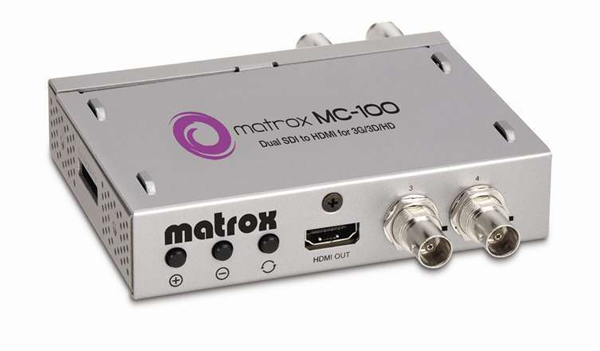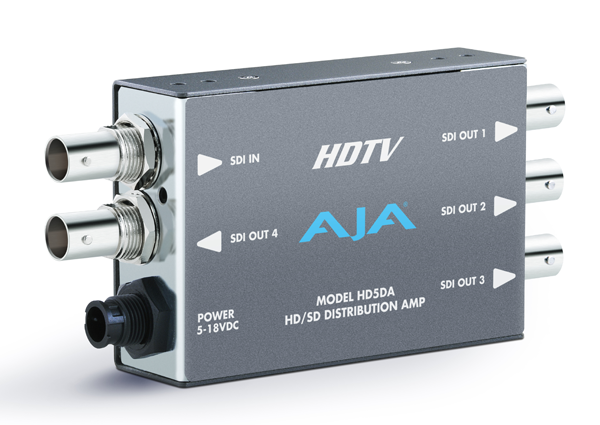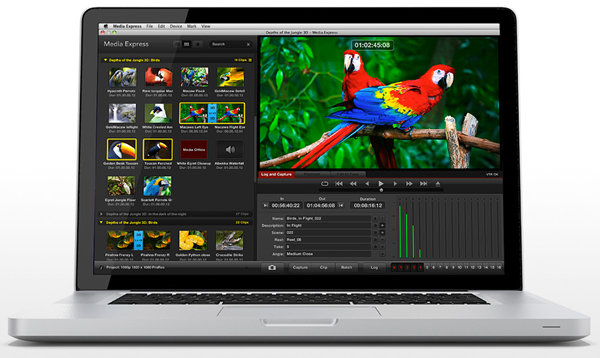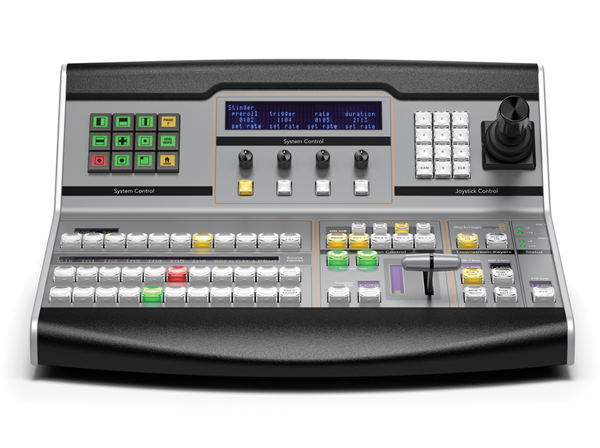Choosing HD Video Switchers for Webcasting--UPDATED!
This article is the fourth in a series on webcast video production and discusses video switchers, including the cost and features that differentiate several popular models.
Investing in a Video Switcher
I don't like thinking of my equipment purchases as costs, because if they aren't going to make me money, then I shouldn't be buying them. Having said this, I'm not a big fan of renting equipment at this stage of my career, and as a business owner, I want to maximize my profits and minimize my headaches. I'm just as price-sensitive as the next guy, but I like to find a happy medium between cost and features, while not limiting my ability to service more complicated video production requirements on the next job.
I set a limit of $10,000 for video switchers that I would include in this review but I know that most video producers--myself included--would be most interested in a model costing a fraction of this amount. Amazingly, the least expensive video switcher I will discuss costs 1/20th of the price of the most expensive model. Such a massive price difference used to indicate a significant video quality difference on the output but I don't anticipate you would notice a difference in the quality of the video on any of the video switchers as the workflows are entirely digital and lossless. I definitely didn't notice any difference with the least expensive model I tested.
In this next section I will list and discuss several popular HD video switcher models, ranging from the lowest-cost to the most-expensive. Prices listed are not MSRP and are actual online prices listed from popular New York retailer B & H Photo/Video at the time of this writing.
Matrox MC-100 ($495)
Why spend $10,000 when you can get the same lossless video quality from a $500 video switcher? If you need only two video inputs and they're both HD-SDI and you don't need any fancy effects (or in this case, any at all), then the Matrox MC-100 (below) is a good place to start. In addition to being a two HD-SDI input video switcher with two HD-SDI and one HDMI output, the MC-100 can also be used as a simple HD-SDI to HDMI converter or even to convert 3G-SDI, Dual Link SDI, and 3D SDI to HDMI.

Matrox MC-100
While these extra features really do make the MC-100 a great multi-purpose tool without a hefty price, as a video switcher it lacks the ability to show the preview input or a multiview output as all three outputs display the same program output and you're limited to straight cuts only. The easy work-around on the monitor issue is to use a pair of HD-SDI distribution amplifiers like the $200 AJA HD5DA (below), a 1x4 HD-SDI distribution amplifier (or an additional pair of MC-100s) in order to split the HD-SDI inputs so that you can power two preview monitors. With these added costs, the low price of the MC100 video switcher becomes less attractive, but it didn't stop me from buying one for when I have a double booking. The MC-100 can pass embedded audio but where more advanced audio controls are require an audio mixer needs to be introduced at some point in the workflow.

AJA HD5DA
Blackmagic Design ATEM Television Studio Production Switcher ($945.25)
Two video inputs can be very limiting, but for not much more money than the MC-100, the ATEM Television Studio (TVS) (below) offers 4 HD-SDI inputs and 4 HDMI inputs, although only six can be used simultaneously, which really isn't that limiting in most applications. Monitoring is available in either an HDMI or HD-SDI multi-view that displays each input, the preview, and the program output.

Blackmagic Design ATEM Television Studio
Audio inputs come via an AES/EBU BNC connection so this solution requires a compatible audio mixer or a simple XLR-to BNC-adapter cable. The TVS doesn't have any analog audio outputs and relies on embedded HD-SDI audio for this. One of the features I really like about the TVS is that is has a USB 2.0 H.264 output that allows you to record an H.264 archive on a computer or laptop loaded with Media Express (below), a free download from Blackmagic Design. Recording the program feed is a big consideration for all of the listed video switchers but the Blackmagic models are the only ones with USB outputs. In general external HDMI or HD-SDI recorders (ProRes or Avid DNXHD) are typically used for program recording.

Blackmagic Design Media Express
Unlike most of the video switchers in this roundup, the TVS doesn't automatically ship with a control panel and is a rackmount unit. This is one of the reasons why this model is so inexpensive. Blackmagic Design does sell a compatible Broadcast Panel, the ATEM 1 M/E Broadcast Panel (below), for $4725.25, but many users will find using the free software control panel adequate. I have used them both and actually prefer the software control panel with my workflow. The software can be loaded on any computer or laptop with an Ethernet port (sorry MacBook Air and Retina MacBook Pro users, you don't have an Ethernet port) and a minimum resolution of 1366x768. I bought an inexpensive 11.6" Asus 1225B laptop for this purpose and for when my regular and more powerful video editing laptop isn't available.

Blackmagic Design ATEM 1 M/E Broadcast Panel
The TVS does not have any auxiliary outputs but you do get a pair of HD-SDI outputs and a single HDMI Program output.
When the Blackmagic Design ATEM 1 M/E first launched in mid-2011, it lacked audio controls and actually stripped the embedded audio from the video inputs. I asked if an integrated audio mixer could be added in a future firmware update and less than a year later a firmware update for both the Television Studio and the ATEM 1 M/E added this ability. Now users can mix audio from both the XLR inputs and the embedded audio from the video.
Overall, this model is a great value but the next model on this list offers even more features, and it's what I bought for my own use.
Related Articles
In this ongoing Streaming Media Producer series on webcast video production, Shawn Lam covers the video format converters he uses in his own HD webcast workflows, and one new converter that just might be the video converter, scaler, and distribution amplifier to rule them all.
Now featuring a new interview from NAB 2013 on the Sound Devices Pix240i, this article looks at a handful of portable and rackmount external video recorders for live HD production, specifically in the role of recording the master program feed from a live switch.
The ATEM Television Studio is a software-driven video and audio mixer that, for less than $1000 (US), allows you to mix up to six cameras down into a single output program feed, live. You can also add keys, masks, and titles, and it features a built-in H.264 encoder that puts this little stick of tricks firmly on the webcaster's radar.
New switcher designed for live events and installations, augments V-1600HD and V-800HD lineup with 12 inputs on 4 channels plus 1 (background), and 2 output buses with independent scalers on the inputs and outputs allowing you to connect HDMI/DVI, RGB, component, and composite sources
Part 2 of this series on webcast video production focuses on Sony's NEX-FS100 large-sensor camcorder and new capabilities added via a firmware upgrade that (among other things) makes it compatible with Sony's LA-EA2 lens adapter. While it's not as strong a webcast camera as the FS700 (review coming soon), it still has much to recommend it.
This article will be the first in a series of articles on webcasting and will cover a wide range of topics including video cameras, video switchers, converters, computer inputs, audio, reference monitors, webcast hardware, webcast software, live streaming services providers, and some additional hardware that is important in order to produce a professional live webcast.